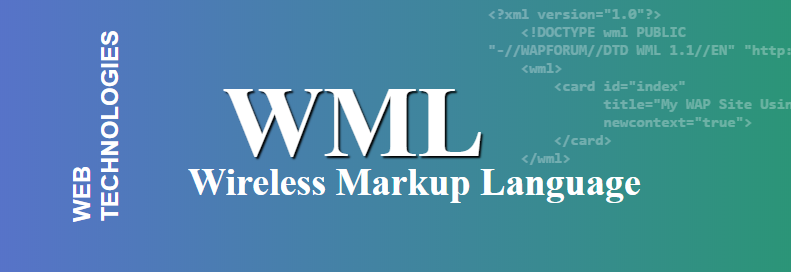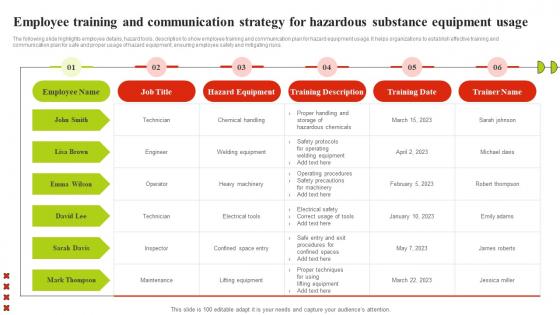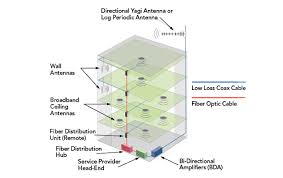Introduction to WML: What is Wireless Markup Language?
telcomatraining.com – Wireless Markup Language (WML) is a fundamental technology in the realm of mobile communication, playing a pivotal role during the early days of wireless internet access. Before the advent of modern smartphones and responsive web design, WML served as the backbone for delivering web content to mobile devices with limited processing power, small screens, and constrained bandwidth. This article explores the origins, functionality, and relevance of WML in the history of mobile web development.
Understanding Wireless Markup Language
WML is a markup language based on Extensible Markup Language (XML) and was specifically designed to cater to wireless devices. It is part of the Wireless Application Protocol (WAP) suite, which emerged in the late 1990s as a standard for enabling mobile phones and other wireless devices to access internet content. Similar to HTML in web browsers, WML acts as the primary tool for structuring and presenting content, but it is optimized for low-resource environments.
WML gained prominence as it addressed the limitations of early mobile devices, such as low memory capacity, slow processing speeds, and small monochrome displays. It provided a streamlined way to create lightweight, text-based interfaces that required minimal resources to render, ensuring usability on the most basic hardware.
Key Features of WML
WML stands out due to its unique features tailored for mobile browsing. Here are some of its defining characteristics:
- Lightweight Design
Unlike HTML, which can be heavy and resource-intensive, WML is designed to deliver concise and efficient content. This makes it suitable for devices with limited bandwidth and processing capabilities. - Card and Deck Structure
WML content is divided into “cards” and “decks.” A card represents a single interaction or piece of information, while a deck is a collection of cards. Users navigate through cards sequentially, mimicking a step-by-step interaction process. - Compact User Interface
WML’s design prioritizes simplicity, enabling users to navigate and interact with applications effectively on small screens. It often uses text-based menus, links, and forms to provide functionality. - Event Handling
WML supports user interactions such as button clicks or form submissions through built-in scripting capabilities. These interactions trigger specific actions, enhancing user engagement. - Device Compatibility
WML was crafted to work seamlessly with WAP-enabled devices. It ensures that content can be displayed on various screen sizes and adapted to the constraints of early mobile technologies.
How WML Works
The process of delivering WML content begins with a WAP server, which hosts WML documents. When a user accesses a WAP site through their mobile device, the WAP browser requests the relevant WML files. These files are written in XML syntax and interpreted by the browser to display the content appropriately.
WML includes elements for formatting text, creating hyperlinks, and incorporating input fields for user data submission. Additionally, WMLScript, a lightweight scripting language similar to JavaScript, can be used alongside WML to add interactivity to applications.
The Rise and Decline of WML
WML was revolutionary during its time, bridging the gap between the desktop web experience and mobile browsing. It paved the way for innovations in mobile content delivery and application development. However, its popularity waned with the introduction of more advanced technologies like XHTML Mobile Profile (XHTML-MP) and HTML5.
Modern mobile devices, equipped with faster processors, larger screens, and higher bandwidth capabilities, can now handle complex web content and responsive designs. These advancements have rendered WML obsolete, but its contributions to mobile web evolution remain significant.
Why WML is Still Relevant in Historical Context
While WML is no longer widely used, understanding its role in the history of mobile communication is essential for appreciating the technological advancements we enjoy today. It serves as a reminder of the challenges developers faced in delivering content to constrained environments and the innovative solutions they devised to overcome them.
For businesses and professionals in the tech industry, studying WML and WAP can offer insights into how technologies evolve and adapt to user needs over time. It highlights the importance of optimizing content delivery for specific devices and environments, a principle that remains relevant in modern web development.
Conclusion
Wireless Markup Language (WML) was a groundbreaking technology that shaped the early era of mobile web access. Designed for simplicity and efficiency, it addressed the limitations of early mobile devices, providing a foundation for future innovations in mobile technology. Although it has been replaced by more advanced standards, WML’s legacy as a stepping stone in the evolution of mobile internet cannot be understated. By understanding the origins and applications of WML, we can better appreciate the progress of mobile web development and its impact on the way we connect with the world today.







